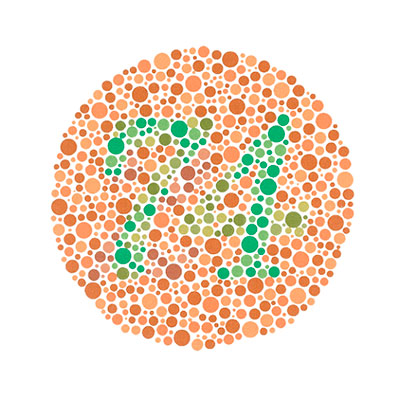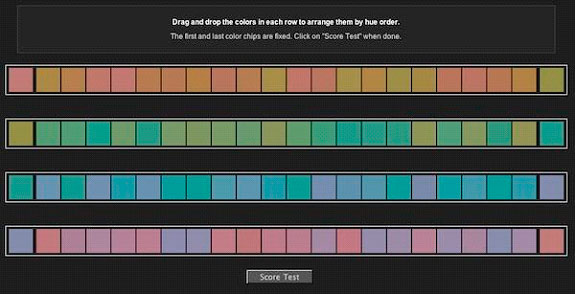
Quick Facts About Color Blindness
Color blindness or color vision deficiency (CVD) is the decreased ability to distinguish between colors. There are approximately 300 million people living with some form of color blindness worldwide. However, not all of them are aware they have CVD. Early diagnosis and management by the eye experts at Beach Eye Medical Group, with locations in Huntington Beach and Irvine, CA, is the key to achieving the highest quality of life with color blindness.
Diagnosing Color Blindness in Huntington Beach
Color blindness is primarily a hereditary disease. It is caused by a genetic disability to produce photopigments. Photopigments are found within cone-shaped cells in the retina and are primarily responsible for our ability to detect colors. It can also develop as a complication from diseases such as diabetes, as well as from direct trauma to the optic nerve, or as a consequence of aging.
There are three main types of color blindness based on specific photopigment defects: blue, green, and red. Red-green is the most common type, followed by blue-yellow color blindness. The total absence of color vision is possible but extremely rare. Men are more likely to be diagnosed with color blindness (1 out of 12 men) than women (1 out of 200 women).

Beach Eye Medical Group’s well-trained team uses a variety of tests to diagnose color blindness. The Ishihara Color Test consists of a series of color circles that contain a collection of dots in different colors and sizes. Various shapes and numbers are formed in these circles and are easily distinguished by people without color blindness but are invisible to those with it. A computerized version of this test is called the Cambridge Color Test where clients are asked to identify a “C” shape that is presented in different orientations. The Anomaloscope, the HRR Pseudoisochromatic Color Test, and the Farnsworth-Munsell 100 Hue Test are other diagnostics that can be done to determine color blindness.
Living with Color Blindness in California
There is no cure for color blindness. However, specialized lenses, apps and visual aids are available to help clients address day to day activities. Children and adults often go out of their way to hide their inabilities to see color. People with color blindness can have difficulty distinguishing traffic lights and telling when their food is done, which can be problematic in day to day life. This is why early detection is key to living comfortably with color blindness.

At Beach Eye Medical Group our eye experts use different kinds of tests to determine the type and degree of color blindness. A thorough medical exam may also be done to ensure that if there is a primary cause of the condition (diabetes, cataract, trauma, etc.), that it is managed as well. This is why it is important to seek consult at Beach Eye Medical Group, which specializes in both children and adult eye care.
Book an appointment today and let us help you manage your color blindness. Beach Eye Medical Group is conveniently located in Huntington Beach and Irvine, California. Do not hesitate to make an appointment, our eye experts are waiting for you!




